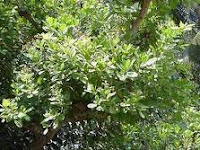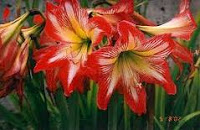Ingredients
6 eggs
½ cup milk
½ cup grated cheese
2 onions, finely chopped
6 green chillies, finely chopped
2 tsps ginger paste
2 tsps garlic paste
1 tomato, grated
1 cucumber (5-6 inches long), grated
1 potato, thinly sliced
½ handful of fresh mint leaves, shredded
½ handful fresh coriander leaves, shredded
1 tbsp cumin seeds
½ tbsp coriander seeds
1 tsp turmeric
1 tbsp garam masala
1 tsp chilli powder
salt and freshly ground black pepper to taste
1½ cups oil
Method
Beat the eggs in a bowl and mix with the milk, spices, cheese, herbs, chillies, grated tomato and salt.
Heat the oil in a pan, and fry the potato slices until they are brown. Add the garlic and ginger paste and fry for 1 min. Now put the onion and cucumber in the pan and cook for 4 mins stirring well.
Add the contents of the bowl to the pan; stir well so that the mixture does not stick to the pan and burn.
When it gets thicker, turn down the heat to very low, cover and cook for 10 mins.
Remove the lid and cook until the mixture is the right consistency.
Remove from the heat and serve.
This is my own simple dish that everyone who has tasted it has enjoyed.
This has Taste and is a Treat.














